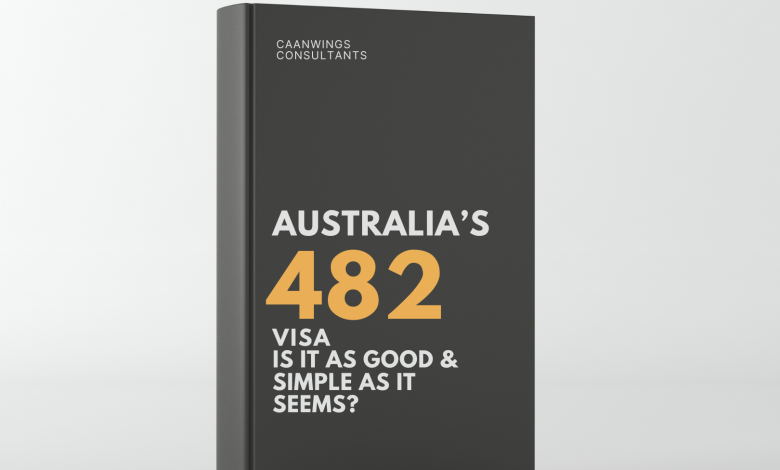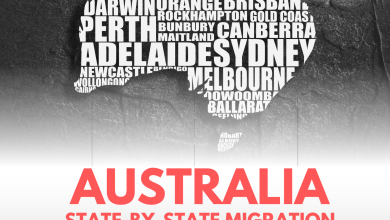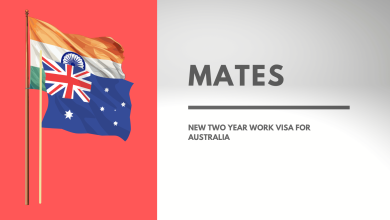
The Skills in Demand visa [Subclass 482] is a temporary Australian visa that allows an employer to sponsor a skilled worker to fill a position they cannot fill with an Australian worker. It replaced the Temporary Skill Shortage (TSS) visa and allows for work in Australia for up to four years, with eligibility depending on the applicant’s skills, experience, a nominated occupation listed on an official skilled occupation list, and a sponsor with an approved nomination.
Here are the main disadvantages and limitations of the Australian Temporary Skill Shortage (TSS) 482 visa you should be aware of:
- Temporary Nature – No Automatic Pathway to PR
- The 482 visa is primarily a temporary work visa.
- Permanent residency (PR) is not guaranteed; it depends on your occupation, employer sponsorship, and meeting separate eligibility requirements.
- Some occupations are only on the Short-term Skilled Occupation List (STSOL), which generally does not provide a direct pathway to PR.
- Employer Dependence
- Your right to stay and work in Australia is tied to your sponsoring employer.
- If you lose your job or your sponsor withdraws support, you generally have only 60 days (or the current Department of Home Affairs timeframe) to find another sponsor or leave Australia.
- Changing employers requires a new nomination and Department of Home Affairs approval.
- Costs and Financial Burden
- Visa application charges are high (including the Skilling Australians Fund (SAF) levy, which employers usually pay, but costs may affect salary negotiations).
- You and your dependants must maintain private health insurance, which can be expensive.
- Renewal and migration agent fees can add to overall costs if you plan to transition to PR later.
- Workplace & Occupational Restrictions
- You can work only in the nominated occupation and for the sponsoring employer.
- Secondary employment or self-employment is not permitted.
- If you wish to change roles or move to a different employer, a new nomination and visa conditions apply.
- Limited Security Compared to Permanent Residents
- You and your family members do not have access to government benefits such as Centrelink or certain social security payments.
- Children on a 482 visa may have to pay international student fees in some Australian states and territories.
- Health and Character Requirements
- Strict health checks and character assessments are mandatory.
- Any significant medical condition in you or your dependants could lead to visa refusal or delays.
- Risk of Policy Changes
- Immigration policies and skilled occupation lists are subject to change.
- Pathways to permanent residency (for example through the 186 Employer Nomination Scheme) can become more restrictive over time.
- Temporary Residence = Limited Rights
- You cannot vote in Australian elections.
- You may face higher costs for certain services (e.g., university fees for children, certain state-based charges) compared to permanent residents or citizens.
Advantages of the 482 Visa
- Faster Pathway to Work in Australia
- Processing times are often quicker than other skilled visas.
- Employer-Sponsored Entry
- You do not need to qualify through the points-based skilled migration system.
- Useful if your occupation is in demand but you don’t meet the skilled migration points threshold.
- Work Experience Opportunity
- Provides valuable Australian work experience, which is highly regarded if you later apply for a permanent visa.
- Pathway to PR (if eligible)
- If your occupation is on the Medium and Long-term Strategic Skills List (MLTSSL) and your employer is willing to sponsor you, you may qualify for:
- Subclass 186 Employer Nomination Scheme (ENS) visa (Transition stream) after 2 years with the same employer (some transitional rules may apply).
- Other PR pathways such as Skilled Independent (Subclass 189) or Skilled Nominated (Subclass 190) visas if you later meet the points criteria.
- Family Benefits
- Allows you to bring eligible dependants (partner and children) who can live, work, and study in Australia (but without access to certain government subsidies).
- Flexibility for Employers & Employees
- Employers can fill skill shortages quickly.
- Employees can gain international exposure and career growth.
Pathways to Permanent Residency (PR)
If your long-term goal is to become a permanent resident, here are the most common options after holding a 482 visa:
- Employer Nomination Scheme (ENS) Subclass 186 Visa – Temporary Residence Transition (TRT) Stream
- If your occupation is on the MLTSSL, and you’ve worked at least 2 years (or 3 years under previous rules) with your sponsoring employer.
- Employer must be willing to sponsor you for PR.
- Skilled Independent (Subclass 189) or Skilled Nominated (Subclass 190) Visas
- If you later meet points test requirements (age, English, skills, Australian work experience).
- Regional Pathways
- If you work in a designated regional area, you may qualify for regional PR visas such as Subclass 191, provided you meet the income and residency requirements.



